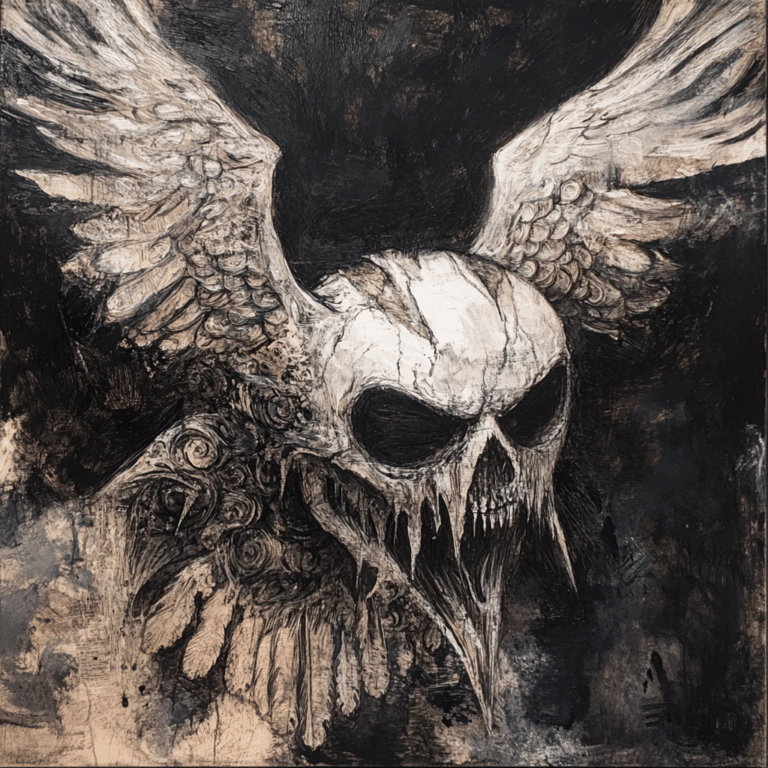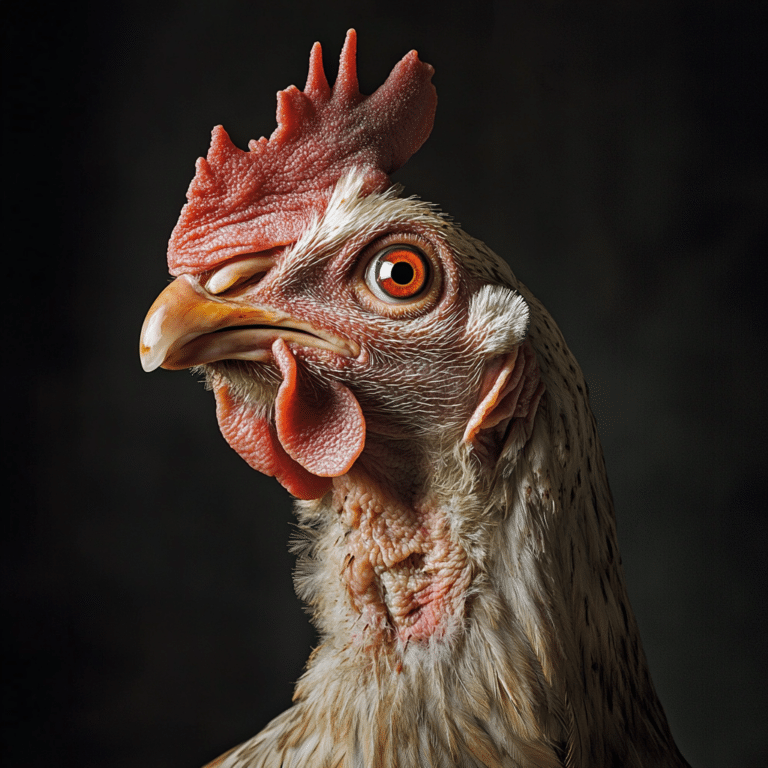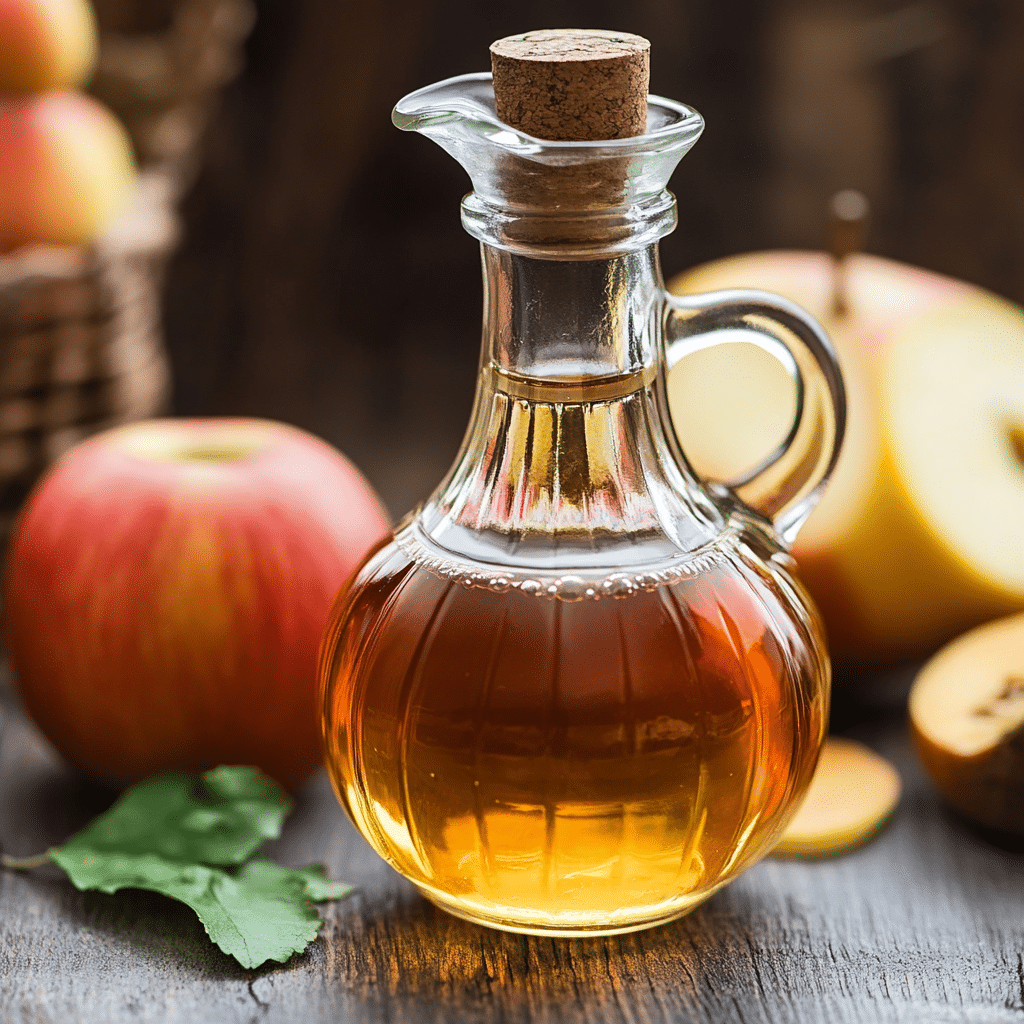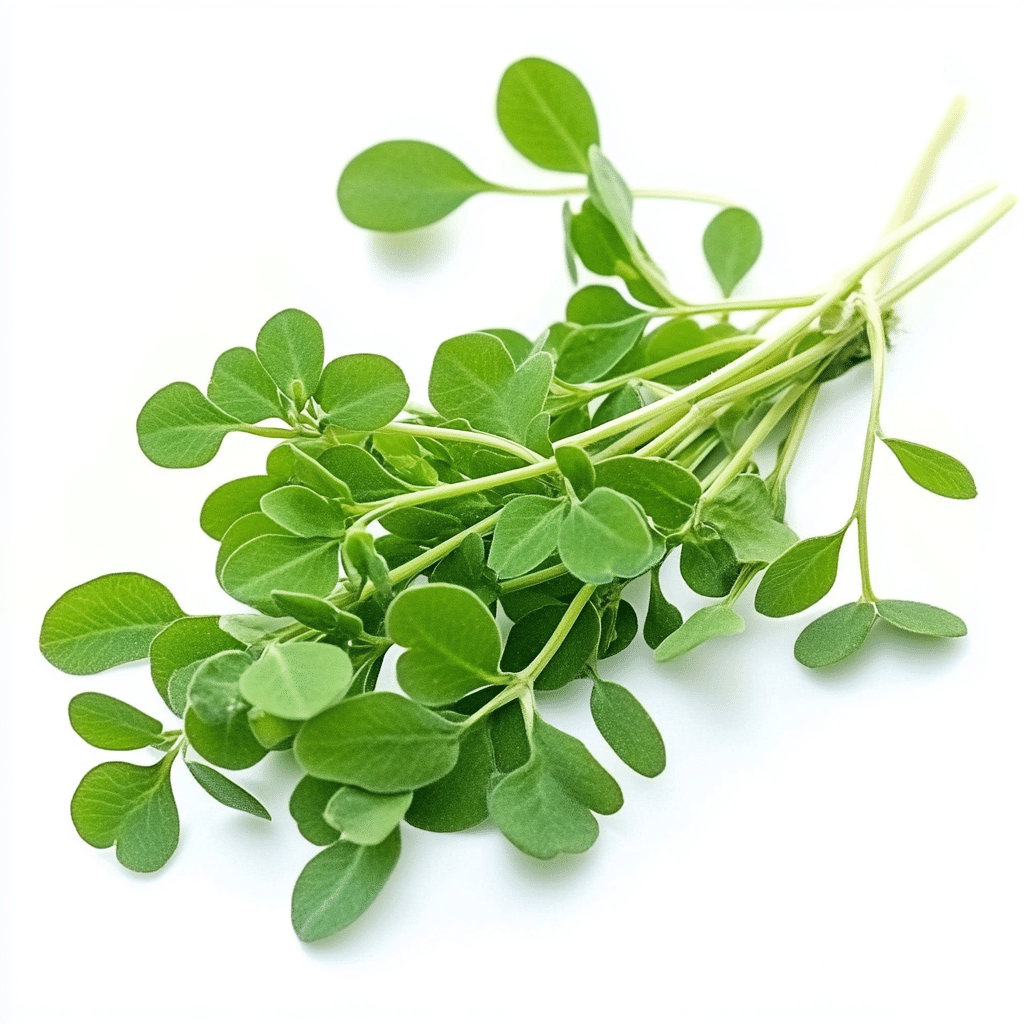When you’re on the path to building that dream upper body, chest flying should absolutely make its way onto your exercise roster. This compelling movement isn’t just for show; it’s a powerhouse technique that can help you sculpt a chest that turns heads while also enhancing your overall functionality. Just like Arnold once said, “The better you get, the more you realize how much better you can be.” Let’s dive into the top seven benefits of chest flying and see how this exercise can take your gains to a whole new level.
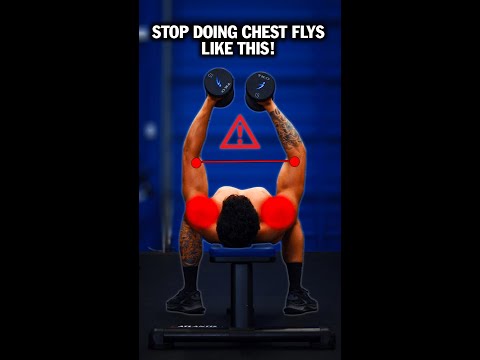
The Top 7 Benefits of Chest Flying Revealed
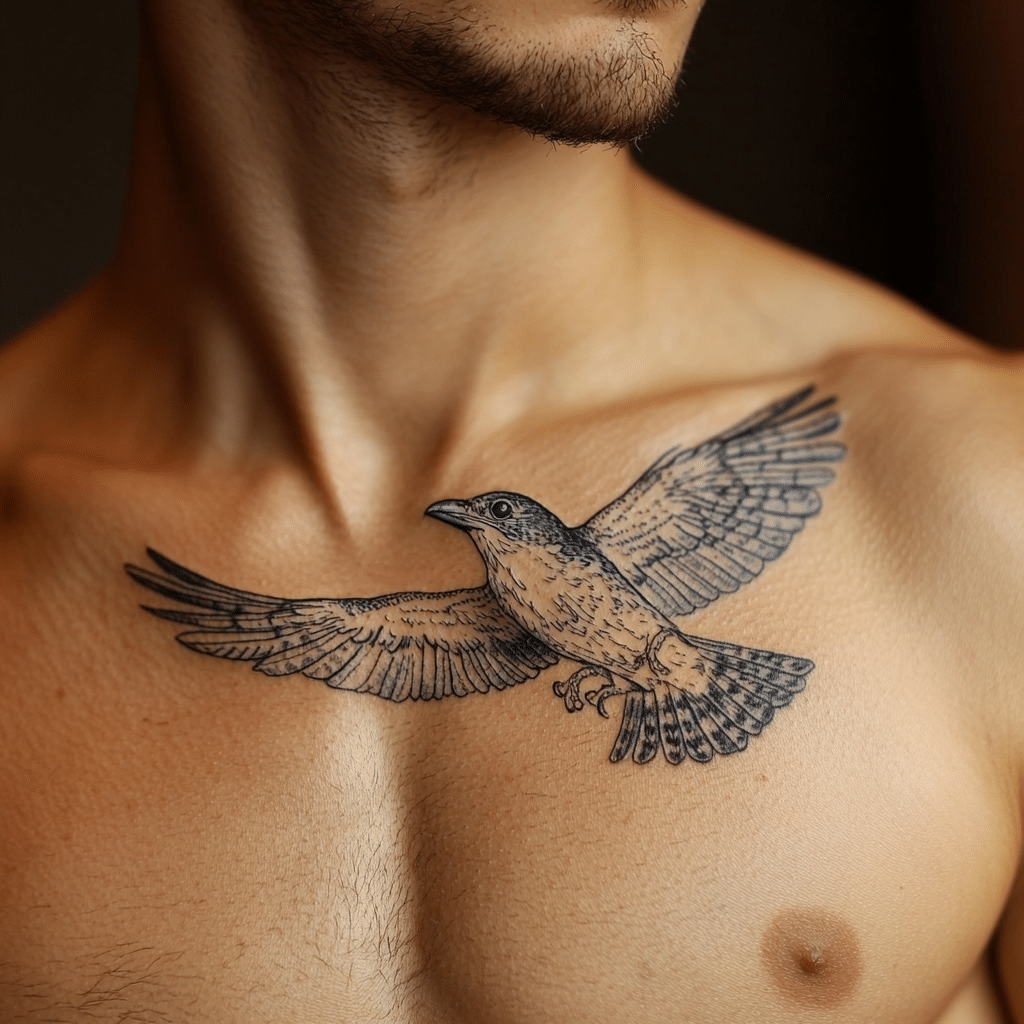
1. Enhanced Muscle Activation
One of the standout features of chest flying is its ability to activate your pectoral muscles, mainly the pectoralis major and minor, like few other exercises can. A study published in the Journal of Strength and Conditioning highlights how this isolation technique lets you focus intrinsically on those chest muscles, while secondary muscles take a backseat. By using cables or dumbbells, you recruit more muscle fibers, which translates into more impressive gains. Seriously, nothing feels better than watching your chest transform into a sculpted masterpiece.
2. Improved Shoulder Stability
But hold on, there’s more! Chest flying enhances shoulder stability as it engages those tough rotator cuff muscles. This is crucial for anyone, whether you’re hitting the gym hard or just enjoying a weekend game. Physical therapists often suggest this movement for athletes like swimmers and tennis pros to improve shoulder mobility and reduce injury risks. Remember, shoulder health is paramount not just for aesthetics but for performance in any physical endeavor.
3. Increased Range of Motion
Forget about the limited motion that conventional pressing exercises impose. Chest flying offers an expansive range of motion that feeds flexibility into your shoulders and chest. Research indicates this could help elevate hormone release, particularly testosterone and growth hormone—two essential players in muscle growth. When you fully extend those arms in a fly, you’re maximizing the workout’s effectiveness.
4. Balanced Muscle Development
You don’t want to end up looking like a chicken with a huge upper body and skinny arms, right? Chest flying addresses muscle imbalances caused by repetitive pushing exercises like bench presses. It promotes balanced development across the upper body, which is essential for preventing injuries often faced by dedicated bodybuilders and fitness buffs alike. Balance out that muscle development; your body will thank you for it.
5. Variety in Workout Regimens
Let’s talk variety. One reason many people plateau in their fitness journey is the lack of new challenges. Chest flying is the ticket to keeping things spicy! Switching up the equipment—be it cables, resistance bands, or dumbbells—offers continuous adaptation in your routines. Fitness influencer Loki Whaley emphasizes that variations of chest flies can keep your motivation soaring and drive you closer to those goals. Never underestimate the power of mixing things up!
6. Greater Aesthetic Appeal
Let’s be real: all of us want that well-defined look, and chest flying is essential in achieving it. Those defined chest muscles make a significant difference in your upper body’s aesthetic. Athletes like Phil Heath, a titan in bodybuilding, integrate chest flying into their routines to refine their physiques. It’s not just about muscle; it’s about sculpting your body into the best version of itself, flaunting that fantastic “V” shape that instantly catches the eye.
7. Accessibility for All Fitness Levels
Here’s another beauty: chest flying is for everyone. Whether you’re just getting started with lighter weights or you’re a seasoned lifter testing your strength with maximal loads, this exercise is adjustable to fit your needs. It ensures that you, whether a newbie or a gym veteran, can reap the benefits. Everyone knows that variety and accessibility are key to a successful fitness journey, so why not embrace them?
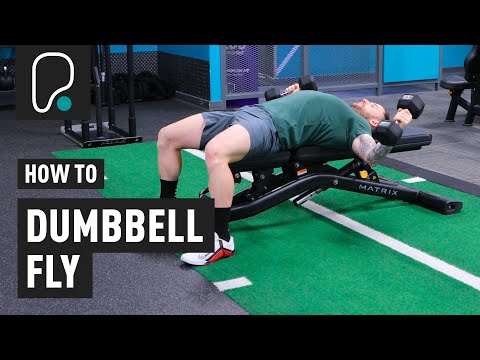
Effective Techniques for Performing Chest Flying
Alright, let’s get into the nitty-gritty of how to master this movement. Here’s how you can perform chest flying effectively to maximize your gains:
Flat Bench Dumbbell Fly
The most classic approach starts by lying on a flat bench. Grab a dumbbell in each hand and extend your arms above your chest. Lower the weights in a controlled manner until your arms are parallel to the ground, then bring them back up. Aim for three sets of 12-15 reps. It’s straightforward, yet incredibly effective.
Cable Chest Fly
A cable machine is your best friend here. Stand between two cables at shoulder height, hold the handles, and bring them together in an arc motion in front of you. This variation maintains constant tension on your muscles throughout the movement, sparking those chest gains that will have you strutting with pride.
Incline and Decline Variations
Don’t forget to shake things up with incline and decline variations. These adjustments target different areas of the chest. The incline fly engages the upper pectoral muscles, while the decline version emphasizes the lower chest. Mixing these variations into your routine opens up a whole new world of muscle growth.

Innovative Wrap-Up
Incorporating chest flying into your fitness routine can significantly enhance not only your chest and shoulders but also your overall physical strength and aesthetics. This exercise amplifies muscle activation, improves shoulder stability, and helps you achieve balanced muscle development across the upper body. Making room for chest flying in your regimen means you’re not just working towards sculpting a captivating physique; you’re also ramping up your functional strength to tackle any challenge life throws at you.
As the fitness landscape is ever-changing, staying informed about these effective techniques will not only boost your performance but will also lead to a stronger and more robust upper body. So, take action today, embrace chest flying, and watch how it transforms you into the best version of yourself. Remember, every rep counts, and every workout is a step closer to those incredible gains you’ve been working so hard for. Keep pushing, keep flying, and make gains that are nothing short of legendary!
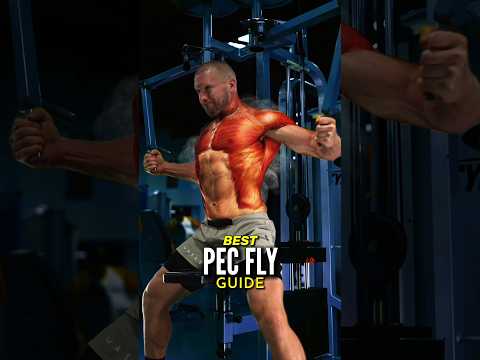
Chest Flying: Benefits for a Stronger Chest and Shoulders
The Lift Behind Chest Flying
Did you know that chest flying is as effective as some of the best bodyweight exercises out there? This movement isolates the chest muscles, leading to a stronger and more defined upper body. Interestingly, studies suggest that even your next door neighbors could benefit from this exercise, as it’s deceptively simple and can be done with minimal equipment. So, whether you’re hitting the gym or working out at home, incorporating chest flying can elevate your fitness game.
Speaking of fitness, you might find it surprising that even celebrities and television personalities, like Darnell Ferguson, preach the importance of chest flying in their routines. Darnell emphasizes that mixing up your workout plan with various moves—such as using the chest fly machine—can keep things fresh and prevent that dreaded plateau. After all, consistency, paired with a well-rounded regime, makes all the difference when you’re withernsea or anywhere else.
Fun Facts and Trivia
Now, here’s something that might tickle your fancy: traditional strength training has roots that could be traced back centuries! In fact, in ancient Greece, athletes used primitive forms of weights that would eventually lead to modern exercises, including chest flying. And if you’re questioning whether it’s effective, think of reality TV star Clayton Echard, who included it in his training routine to build his upper body strength—successful enough to be featured in breakout seasons of the franchise!
Moreover, chest flying not only strengthens your chest and shoulders but also engages your core, promoting balance and stability. Interestingly, the process of logging exercises or workouts on platforms, as straightforward as a Facebook log in, can help you track your progress over time. This can be crucial, especially if you’re looking to overcome hurdles similar to those faced in battles with various mom drugs, focusing instead on healthy lifestyle choices.
Final Thoughts on Chest Flying
Incorporating chest flying into your workout isn’t just about building muscle; it’s about forming a holistic fitness routine. A quick glance at the latest trends might even lead you to unconventional mixes that include workouts inspired by all sorts of fandom, like anime sex—hey, everyone’s got their groove! So, embrace the versatility of chest flying and watch your strength soar, ensuring a solid foundation for further fitness adventures, whatever your goals may be.

What is the meaning of chest fly?
A chest fly is an exercise that targets the chest muscles by opening and closing the arms like the wings of a bird. This movement helps to build strength and muscle definition in the chest and shoulders.
Is chest fly a good exercise?
Chest flies are a great exercise because they strengthen not just the chest but also the muscles around your shoulder blades, improving posture and stability. They fit well into almost any workout routine.
How to perform chest fly?
To perform a chest fly, lie on your back on a flat or incline bench, hold dumbbells in each hand, and extend your arms straight up above your chest. Slowly lower the weights out to the sides, keeping a slight bend in your elbows, then bring them back together over your chest.
What is a lying chest fly?
A lying chest fly is simply the traditional way of doing the exercise while lying flat or on an incline, which targets the pectoral muscles effectively.
What is another name for the chest fly?
Another name for the chest fly is the pec fly, as it primarily works the pectoral muscles, also known as pecs.
Are chest flys better than bench press?
Chest flies and bench press both have their benefits, but they’re not directly comparable. Bench press is more about pushing heavy weight, while chest flies focus on muscle isolation and stretch.
How often should you do chest flys?
For most people, doing chest flies 1 to 3 times a week is sufficient to see benefits. It’s all about balance in your workout schedule.
Do athletes do chest flys?
Yes, many athletes incorporate chest flies into their training routines to enhance upper body strength and muscle control.
Are chest fly and pec fly the same?
Chest fly and pec fly are essentially the same thing, as they both refer to the same movement focused on building the pectoral muscles.
How many reps for chest fly?
Aim for about 8 to 12 reps for chest flies, depending on your fitness level and goals. Just make sure to use a weight that challenges you but still allows for good form.
Why don’t I feel my chest when doing chest flys?
If you’re not feeling it in your chest during chest flies, it could be due to poor form or using too much weight. Focus on mind-muscle connection to ensure you’re working the right muscles.
Is a chest fly a push or pull?
A chest fly is more of a pull movement since it involves bringing the arms together in front of the body rather than pushing weight away like a bench press.
Are chest flies a waste of time?
While some might see chest flies as less important than other exercises, they definitely have value. They help with muscle control and injury prevention when done properly.
Do chest flys build muscle?
Yep, chest flies can absolutely build muscle by targeting the chest effectively. Just combine them with other compound movements for best results.
What is the best chest fly?
The best type of chest fly depends on personal preference, but many people love doing them with dumbbells for a fuller range of motion, while machines can provide stability and guidance.
Can you build a chest with just flyes?
If you’re feeling pain in your arms while doing chest flies, it could mean you’re using too much weight or have improper form. Check your technique, and don’t hesitate to lighten the load.
Is chest fly better with dumbbells or machine?
Chest flies can help develop the inner chest, especially when you focus on the contraction at the top of the movement.
Why do chest flys hurt my arms?
In slang, “fly” can mean something that’s cool or impressive, often referring to style or swag.
Do chest flys build inner chest?
“Bird chest” refers to a condition where someone has a slightly underdeveloped or flat chest, often due to lack of muscle mass in the pectoral area.
What is the meaning of fly in English slang?
A chest fly involves lateral movement of the arms away from the body and then bringing them back together, making it a unique and effective exercise.
What is the meaning of bird chest?
“Flyes,” the term used for chest flies, refers to the action of the exercise itself, where the arms move in a fluid motion, similar to a bird spreading its wings.









